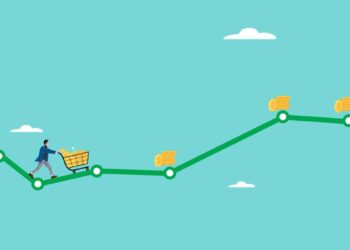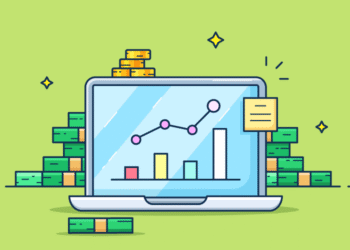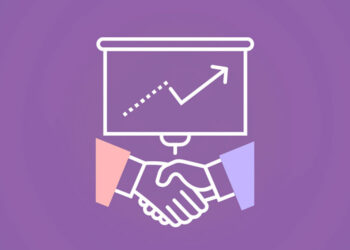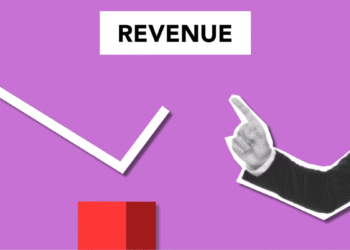The first time I tried upselling in my business, it felt… icky. I’d just launched a digital planner. Sales were slow but steady.
Then I read somewhere that upselling could “double your revenue overnight.” Of course, I got excited. Who wouldn’t? I slapped a “Want the premium version?” offer right on my checkout page.
Crickets.
No one bit. It felt awkward. Like I was ambushing my customers at the last second. And honestly? I kind of was.
What I didn’t get back then was how much psychology goes into successful upselling. It’s not just about tossing in an extra product. It’s about how you position it, when you ask, and why your customer should care. Once I understood that, things changed fast — and I want to break it down for you.
People Don’t Like Being Sold To But They Love Being Helped
Here’s the first thing I had to learn the hard way: upselling isn’t about being sneaky. It’s about making people feel like you understand what they want — sometimes better than they do.
If someone’s buying a $20 productivity planner, chances are they’re overwhelmed or trying to get their life together. So instead of saying, “Hey, want to pay $10 more?” I started offering a “Kickstart Your Week” bundle. It came with a Sunday planning worksheet and 3 video tips — and the copy explained how it would save them 2+ hours each week.
That offer crushed it.
Same product, same price. Totally different framing. And it all comes down to perceived value and timing.
If you want to write high-converting upsell copy like this that actually connects with your audience, it starts with understanding their goals and emotional triggers.
Timing Is Everything
I used to drop upsells right before checkout — like a last-minute ambush. Big mistake.
What worked way better? Offering the upsell right after the purchase, on the thank-you page or in a confirmation email. That way, the customer already said yes. Their brain’s in reward mode — and they’re more open to another small, helpful purchase.
Psychologists call it the “yes ladder.” Every small “yes” makes the next one easier. You’re not pushing — you’re guiding.
Want to go deeper? These case studies of successful upsell strategies show how real creators use timing and psychology to boost conversions.
Show, Don’t Sell
I can’t stress this enough: your upsell offer should feel like a natural next step — not a bait-and-switch.
The trick? Anchor the upsell in what they’ve already bought. Like:
-
“Since you just grabbed the meal planner, here’s a done-for-you grocery list template to save you time this week.”
-
“Enjoying the beginner yoga class? Add 5 intermediate routines to your library for just $5 more.”
This hits something called the Endowed Progress Effect — when people feel they’re already making progress, they’re more likely to keep going if the next step is easy and affordable.
You can also use automated upsell funnels on Payhip to trigger these next-step offers without needing to constantly pitch manually.
Price Anchoring Makes the Upsell Feel Like a Steal
Want a psychology trick that totally changed how I priced my upsells?
Price anchoring.
If your main product is $47 and the upsell is $12, frame the upsell like it’s worth $27 — but they’re getting it at a special rate only available now. This taps into the contrast principle. People compare prices mentally — not in isolation, but side-by-side.
And when the upsell seems like a huge value in context, conversions go up. I saw my upsell take rate jump from 4% to 18% after making that one tweak.
This strategy works wonders when paired with limited-time upsell offers that trigger urgency and elevate perceived value.
Scarcity Works But Only When It’s Real
I’ve played with fake countdown timers. You know, the ones that reset every time someone lands on the page. And you know what? They work — for a while.
But long-term? They destroy trust.
What works better is real urgency. For example:
-
A bundle only available to first-time customers
-
A bonus that disappears after 24 hours
-
An add-on that’s exclusive to people who bought Product X
This creates authentic scarcity and makes the upsell feel special — not desperate.
To see how real-time scarcity tactics drive action, check out how creators are using scarcity to boost upsell conversions in honest and effective ways.
Make the Yes Easy
This one sounds obvious, but you’d be shocked how many creators overcomplicate upsells.
Too many steps, confusing choices, unclear value — all of it kills momentum.
Now, I stick to:
-
One upsell per flow
-
Clear button copy like “Add to My Order for $9”
-
Simple visuals — mockups, icons, and bullet points
The easier it is to say “yes,” the more people will.
Final Thoughts (And a Little Encouragement)
Upselling isn’t gross. It’s not greedy. When done right, it’s helpful. It’s a way of saying, “Hey, I see you. I know what you’re trying to do. Want a shortcut?”
The psychology behind successful upselling is all about empathy, timing, and relevance. People want to buy things that make them feel good, solve problems, or save time. Your job? Just connect those dots.
Start small. Pick one product. Create one relevant offer. Test where it fits best — post-purchase, in the cart, or through email.
And track the results. I promise, the first time you see a simple $7 upsell add an extra $300 to your revenue for the month… you’ll never go back.








